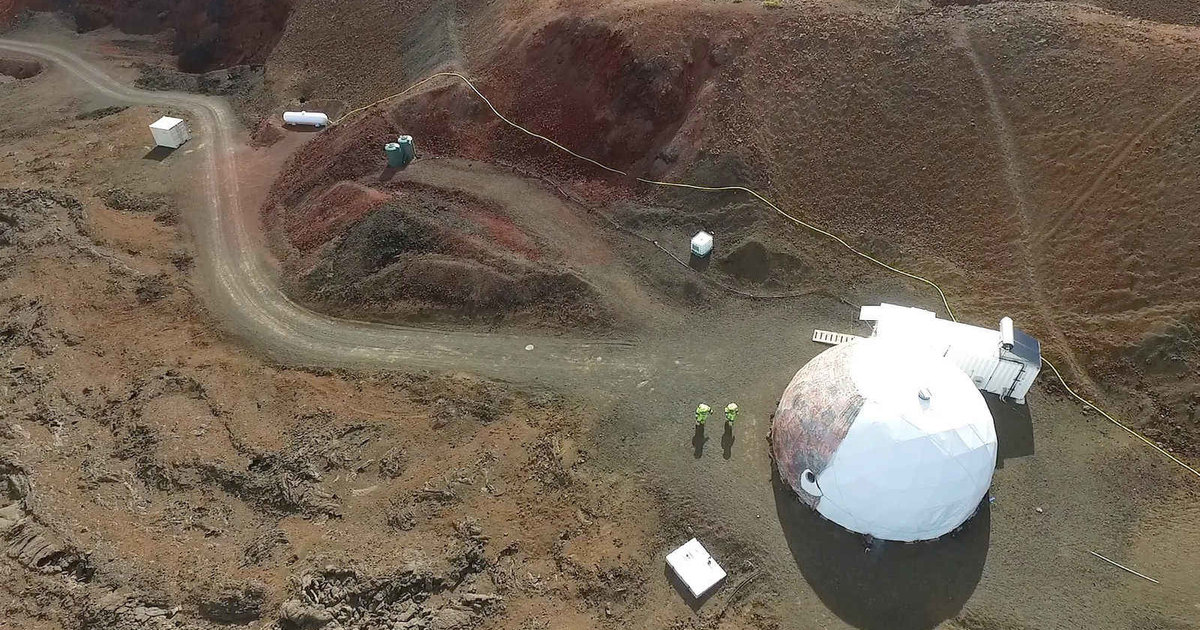
This was the "Humanity Star," a disco ball-like geodesic sphere, which measures about 1 meter in diameter. It is reflecting a philosophy that by going into space, humans can improve our lives on Earth.

Virgin Galactic’s passenger rocket ship is gearing up for powered flights that could eventually carry paying tourists into space from southern New Mexico, US.

A NASA update outlines what the two participating companies — Boeing and SpaceX — will do to prepare their vehicles for space in the coming year.

To solve the many human-related limitations of space travel, SpaceWorks Enterprises is looking into selectively hibernating the crew during extended trips.

Among the key spaceflight milestones we're most eager to see in 2018 are - Falcon Heavy flies, Block 5 booster, LightSail 2 and launching to Mars.

Later this year, the Chang’e 4 mission will depart for the far side of the Moon, where it will study the local geology and test the effects of lunar gravity on insects and plants.

The Genes in Space-3 team turned a possibility into reality in 2017, when it completed the first-ever sample-to-sequence process entirely aboard the space station.

Another step closer to the start of space tourism. This version of the six-seat tourist vehicle, Crew Capsule 2.0, notably included windows.

The discovery is a major game-changer for planning our relationship with the Red Planet in the future. The good news: There will be salads.

MIT team designed an environmentally friendly city for the red planet that mimics a forest, with solar-powered dome tree habitats connected with roots, or tunnels.

After over a decade in development, Virgin Galactic, a private space travel service founded by billionaire Richard Branson, is nearly ready to enter orbit.

A team of scientists from US scientists have proposed a bold idea for protecting Earth against solar flare activity - placing a giant magnetic shield in orbit.
Elon Musk just unveiled more of his grand plan for colonizing Mars. His rocket company, SpaceX, aims to land at least two cargo ships on the Red Planet in 2022 in order to place power, mining and life support systems there for future flights.

After spending eight months simulating life on Mars on the slopes of the Mauna Loa volcano, six "astronauts" emerged from their Hawaiian habitat to return to civilization.

At least 500,000 pieces of space debris threaten satellites and astronauts, but an US -based company says it has a new approach for taking out the garbage.